- Home
- Articles
- Architectural Portfolio
- Architectral Presentation
- Inspirational Stories
- Architecture News
- Visualization
- BIM Industry
- Facade Design
- Parametric Design
- Career
- Landscape Architecture
- Construction
- Artificial Intelligence
- Sketching
- Design Softwares
- Diagrams
- Writing
- Architectural Tips
- Sustainability
- Courses
- Concept
- Technology
- History & Heritage
- Future of Architecture
- Guides & How-To
- Projects
- Interior Design
- Competitions
- Jobs
- Store
- ToolsNew
- More
- Home
- Articles
- Architectural Portfolio
- Architectral Presentation
- Inspirational Stories
- Architecture News
- Visualization
- BIM Industry
- Facade Design
- Parametric Design
- Career
- Landscape Architecture
- Construction
- Artificial Intelligence
- Sketching
- Design Softwares
- Diagrams
- Writing
- Architectural Tips
- Sustainability
- Courses
- Concept
- Technology
- History & Heritage
- Future of Architecture
- Guides & How-To
- Projects
- Interior Design
- Competitions
- Jobs
- Store
- ToolsNew
- More
Smart Surface Design: How Thermoplastic Lines Are Transforming Modern Architecture and Urban Spaces

In the world of modern architecture and urban design, functionality and visual impact are no longer separate ideas — they’re two sides of the same coin. As cities evolve and architectural spaces demand smarter, safer, and more adaptable design solutions, one innovative material is quietly reshaping how we think about the built environment: thermoplastic line marking.
Table of Contents
ToggleFrom Roads to Architecture — A Shift in Thinking
For years, thermoplastic materials have been used to create road markings that withstand heavy use and harsh conditions. But architects and designers are now beginning to recognise the potential of these materials far beyond traffic control. Their durability, precision, and clean visual finish make them ideal for urban and architectural applications — from guiding pedestrian flow to defining creative patterns in public spaces, driveways, or commercial complexes.
What once served a purely functional purpose is now being reimagined as an integral design element. In public plazas, courtyards, and mixed-use developments, thermoplastic lines are being used to add rhythm, structure, and identity to outdoor spaces — often with a fraction of the cost and maintenance of traditional materials.

Durability Meets Design Innovation
Unlike paint or epoxy coatings, thermoplastic markings are heat-applied, bonding firmly to the surface and creating a highly durable layer that resists fading, wear, and weathering. This makes them particularly valuable in high-traffic environments such as parking areas, walkways, and open plazas — places where clarity and safety must coexist with design integrity.
The versatility of thermoplastics allows architects to move beyond standard white or yellow lines. Custom colours, reflective options, and creative patterns open the door to endless design possibilities. From minimalist geometric layouts to branded pathways or play zones, these markings can complement modern architectural language while maintaining long-term functionality.
For designers or contractors looking to explore high-quality materials, thermoplastic line marking products provide a practical way to achieve professional, visually striking results that align with both aesthetic and performance goals.
Sustainable and Cost-Efficient Urban Detailing
As sustainability continues to influence every aspect of design, thermoplastic markings offer a strong advantage. They last significantly longer than paint, reducing the need for frequent maintenance and reapplication. That longevity means fewer resources are consumed over time both in materials and labour.
In addition, thermoplastics often include eco-conscious elements such as non-toxic pigments and recyclable resins. This makes them a more sustainable alternative for projects focused on environmental responsibility without compromising quality or design intent.
Enhancing Navigation and Spatial Awareness
One of the most important yet often overlooked aspects of architecture and urban planning is spatial navigation. Thermoplastic lines can subtly influence how people move through a space. They can mark pedestrian zones, bike paths, or parking layouts while still contributing to the visual harmony of the environment.
In mixed-use areas where safety, accessibility, and visual coherence must work together, this balance becomes crucial. The ability to integrate wayfinding into the design itself rather than as an afterthought represents a key shift in how architects approach public and semi-public spaces.

A Design Tool for the Future
The emergence of thermoplastic materials as a design tool marks a broader trend: the blending of form, function, and technology in architecture. From residential developments and educational campuses to retail environments and urban renewal projects, thermoplastic surfaces are helping designers achieve spaces that are as smart as they are beautiful.
What makes this movement particularly exciting is that it’s accessible. Thermoplastic applications don’t require large budgets or complex installation, just an understanding of how to use surface design creatively. In that way, this technology democratises design innovation, allowing even small-scale projects to adopt ideas once limited to major urban developments.
Conclusion
The future of smart surface design lies in materials that are adaptable, sustainable, and visually impactful and thermoplastic markings check all three boxes. By bridging the gap between function and form, they’re helping architects, planners, and homeowners alike redefine what’s possible for modern spaces.
From roads to rooftops, thermoplastic line marking is proving that even the most practical details can play a leading role in contemporary design.
Trained as an architect and seasoned in the editorial trenches, I turn raw design concepts into compelling narratives that resonate beyond studio walls. My work spans in-depth project spotlights, interviews with visionary designers, and analysis pieces that distill complex technical data into accessible insights. Whether polishing copy for publication or generating original features, I draw on years of practice to ensure every sentence captures architecture’s rigor, poetry, and cultural impact—inviting professionals and enthusiasts alike to see the built environment through a sharper, more inspired lens.
Submit your architectural projects
Follow these steps for submission your project. Submission FormLatest Posts
Downsizing Fast in Mesa, Arizona: A Clear, No-Drama Playbook
Downsizing isn’t just about moving into a smaller footprint—it’s about reclaiming time,...
Why Accurate Mapping Matters: Leveraging OS VectorMap Local for Planning Applications
Every successful planning application begins with clarity. Before blueprints are drawn or...
How to Choose the Right General Contractor for Your Project
Choosing the right general contractor can be the difference between a smooth,...
NTop Signs It’s Time to Replace Your Gutters, Not Just Repair Them
What plays a crucial role in protecting your roof down to the...




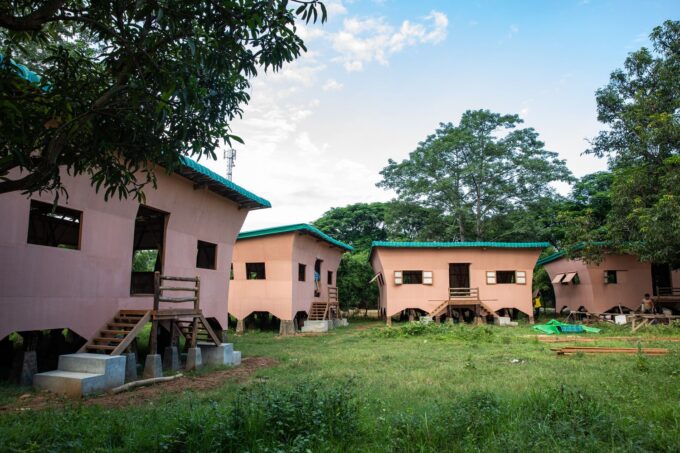


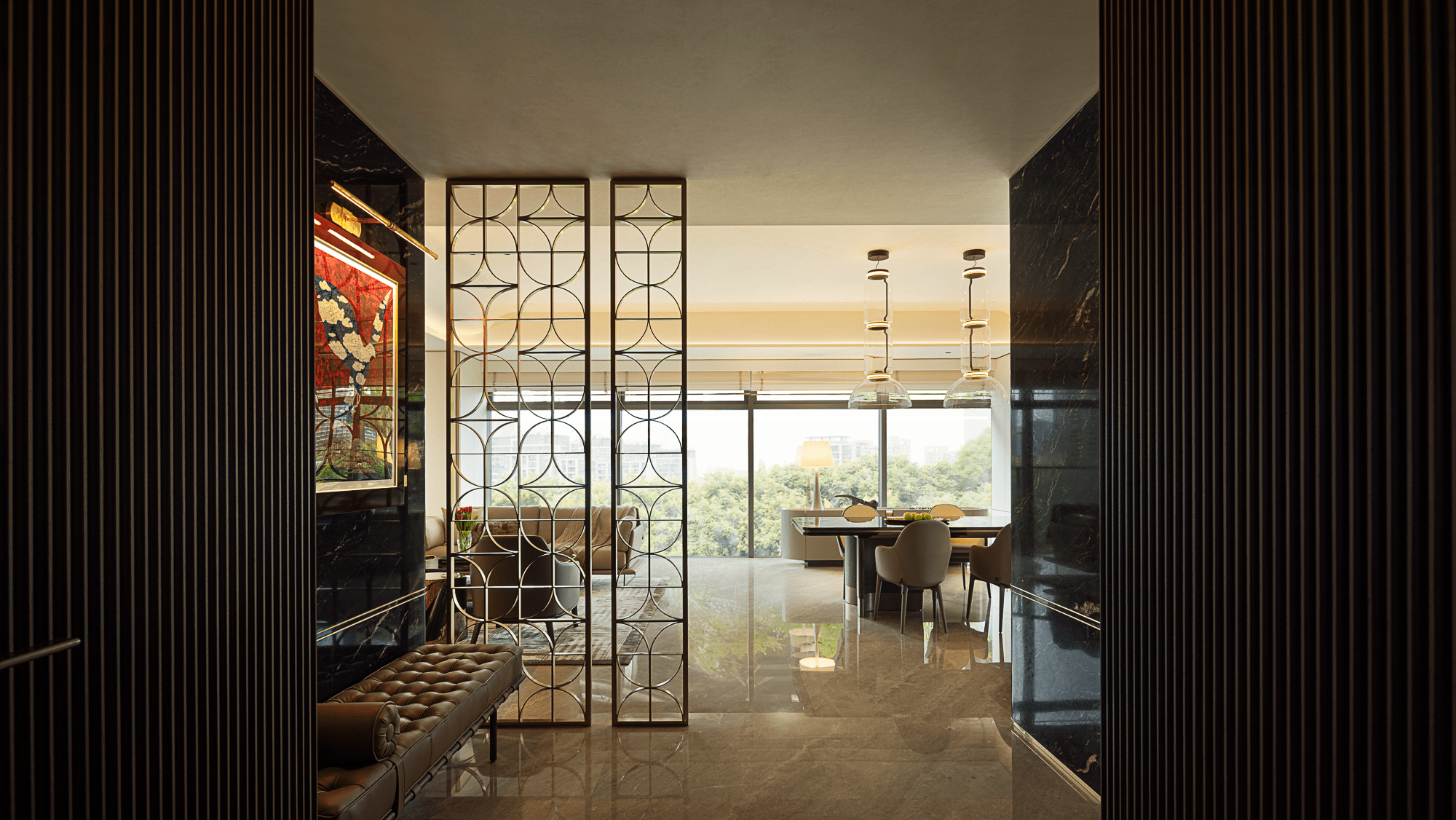
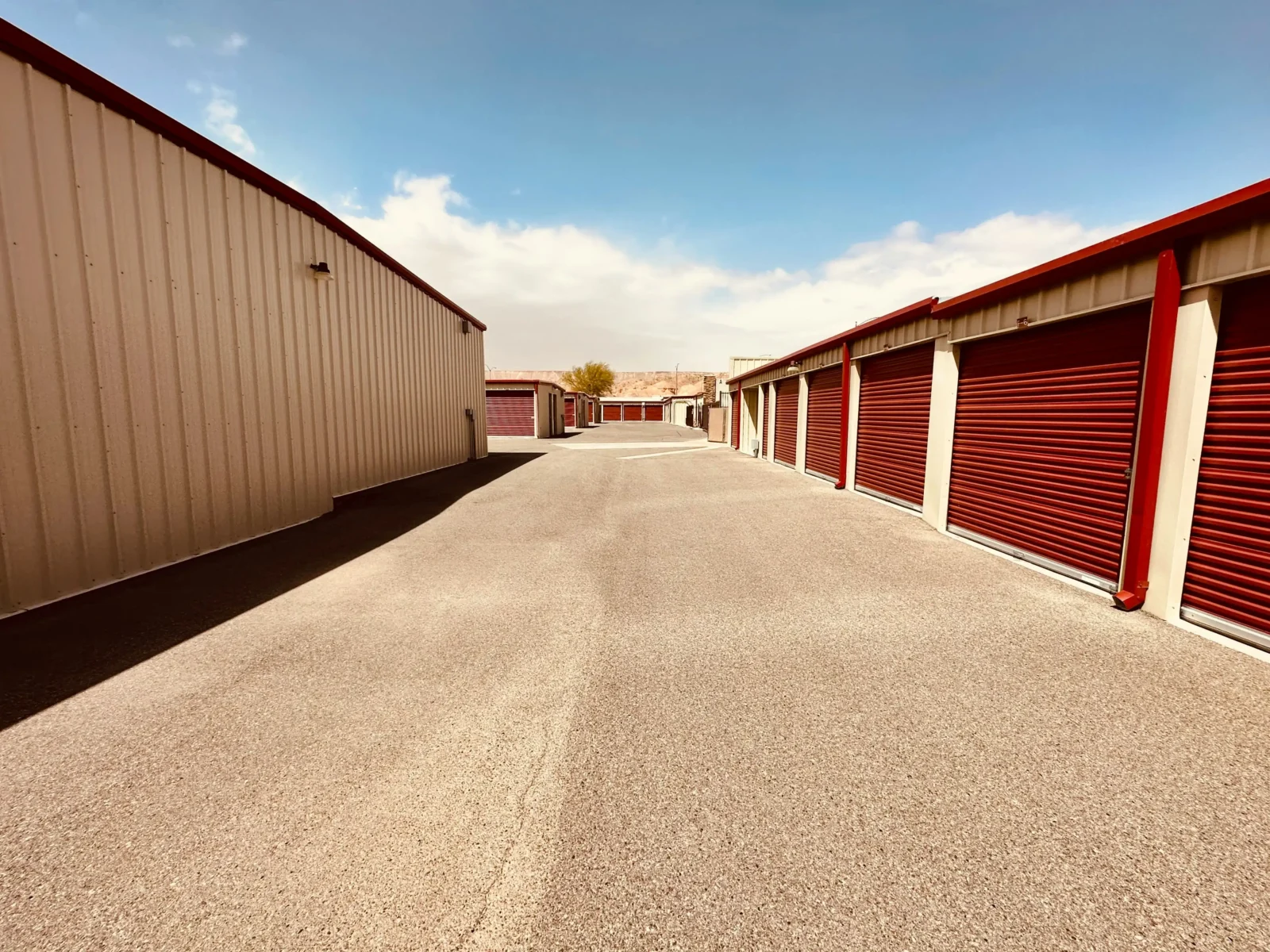
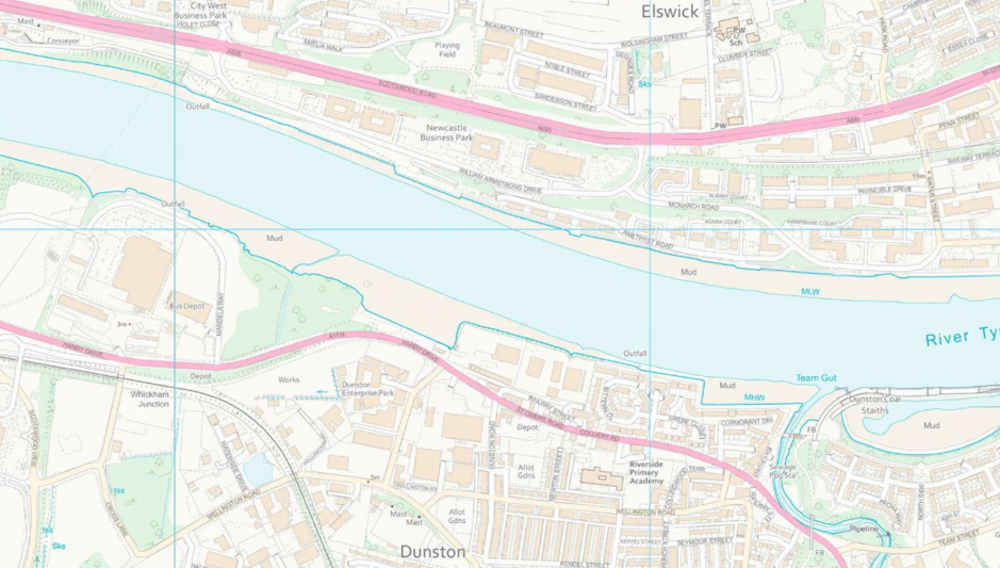
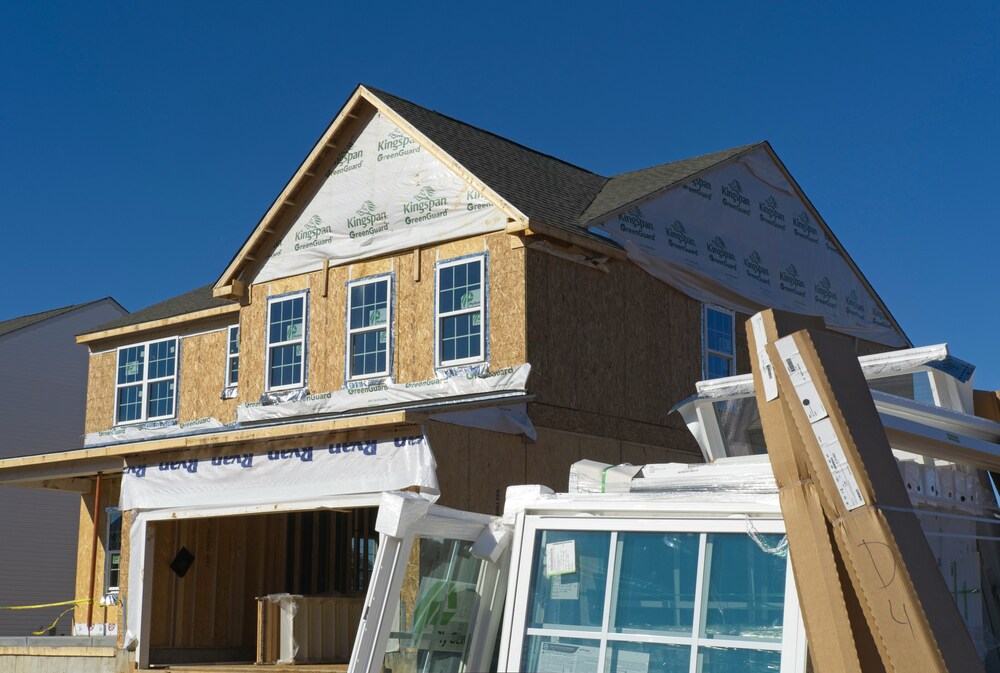
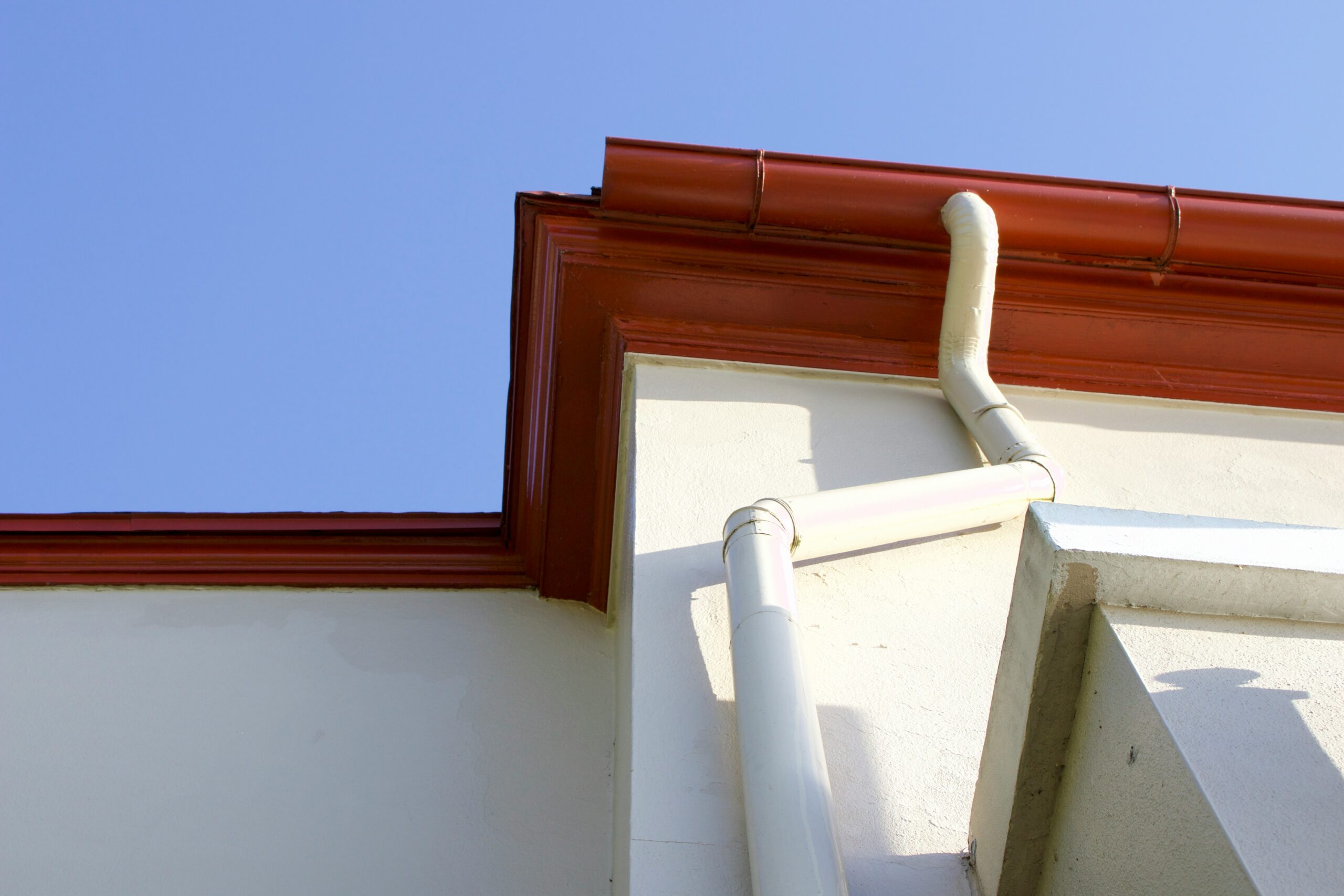
Leave a comment